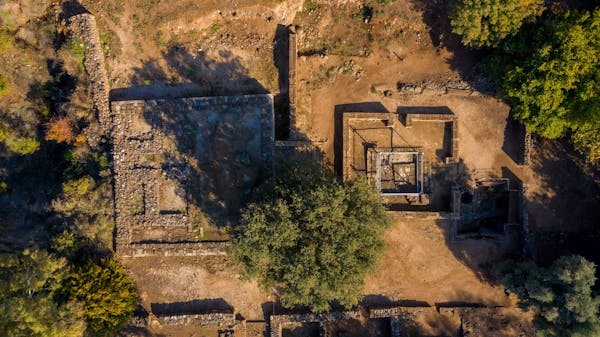Laodicea was founded by the Seleucid dynasty under Antiochus II. In this respect, it was probably similar to Thyatira and had a similar constitution and laws. Like the other cities that received letters from John, Laodicea was also strategically located along the great road from the west, extending from Ephesus and Miletus until it reached the Gate of Phrygia. At the entrance to the gate are a series of hot springs and mud baths, some in the bed of the Meander River and others on its banks.
The word Laodicea means judging of the people and was given to the city by Antiochus II in honour of his wife Laodice. In many ways, Laodicea was a city of compromise. A chameleon in an ever-changing landscape of business and commerce. There was nothing extreme about the city, no strong features that marked it or set it apart as unique but this is perhaps what contributed to its strengths.
Laodicea's ability to adapt and evolve, to change and compromise, made it a successful trading city, teeming with financiers and bankers. It was easy to cut a deal in Laodicea. To float in the grey zone between right and wrong, to broker a lucrative deal. Geographically Laodicea was located about fifty miles from Philadelphia and about six miles from Colossae. The city was a boomtown crowded with large markets, bursting with exotic wares and jostling banking exchanges.
It was also surrounded by rich farmland and pasture allowing for the grazing of flocks and herds. The area produced glossy black wool that was soft, luxurious, and in high demand. The wool was generally used to weave into clothing. Some historians speculate that this kind of wool was produced by a program of careful cross-breeding.

